June 6, 2025 | 03:50 GMT +7
June 6, 2025 | 03:50 GMT +7
Hotline: 0913.378.918
June 6, 2025 | 03:50 GMT +7
Hotline: 0913.378.918
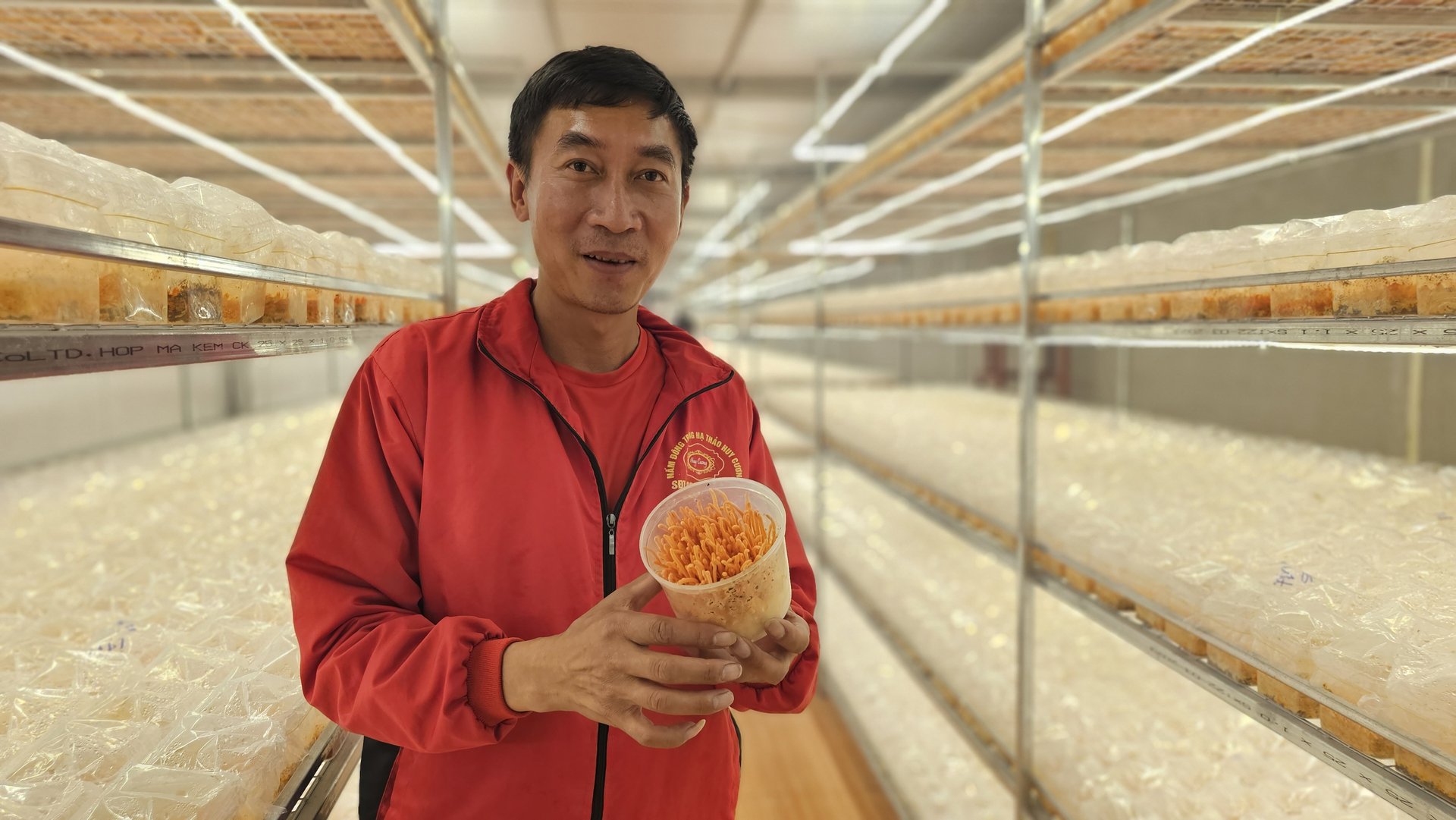
Dao Huy Cuong inspects products in the cordyceps mushroom production room. Photo: Hai Dang.
From the family event, Dao Huy Cuong in Lai Chau City met a turning point to switch to producing cordyceps. He also became the first person in Lai Chau to successfully make this precious medicinal herb.
While doing well in the painting field, his brother-in-law died from metastatic cancer. Seeing how precious health could be, he abandoned his growing business and turned in another direction.
"In the years 2010-2012, before that event, I knew that this product was perfect for health and helped prevent cancer, kidney-related diseases, and the immune system… but no one had done it at that time because this is a high-tech agricultural sector. I started going to school to make cordyceps but only learned in theory, and the technological know-how is almost an absolute secret and no sharing. After that, I met a teacher in Thailand to guide me. Both teachers and students take a lot of work. I failed and lost a lot of money," said Dao Huy Cuong.
Due to the lack of understanding of the variety, the mushrooms initially sprouted but did not grow into trees, but that was also the initial hope for Cuong. The most challenging thing encountered in growing cordyceps mushrooms is a stable source of seeds, and aseptic is extremely important to avoid overlapping diseases.
"Many batches of cordyceps mushrooms have to be thrown away because they are not up to standards, and this Chinese product still dominates the market and has a very high price," said Dao Huy Cuong.
Not only that, the investment capital has gradually dried up, not to mention the investment in machinery and equipment to make pasteurization is also quite expensive, and there is no specialized type for this product.
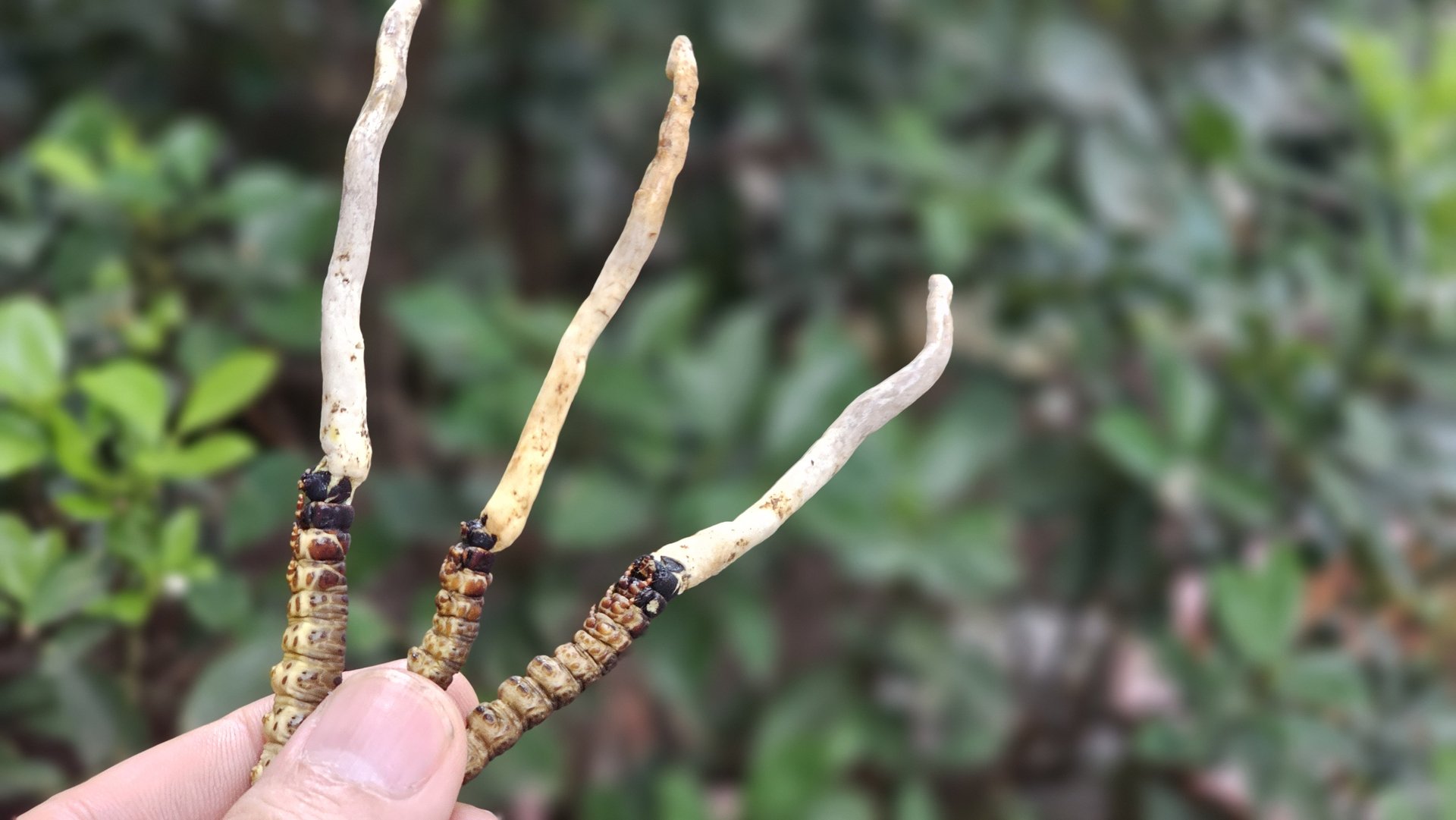
Cordyceps mushroom has high economic value and efficiency. Photo: Thanh Tien.
On the other hand, the model of growing cordyceps mushrooms is still unpopular in Lai Chau, so getting permission for food safety certification is difficult. After making a product, it is difficult to bring it to the market.
Difficulties piled on difficulties. However, God did not depend on conscientious people. In 2019, the legal and food safety papers were completed, and his products began to be sold in the market and were well received by consumers.
“I know cordyceps is very good for our healthy, so I am ahead of the trend, but when one person does it, hundreds of thousands of people will follow. That I also foresaw, but I went ahead. Because this is a high-tech product, starting to do it requires a certain amount of experience,” said Cuong.
From production in a room of 25 m2, Dao Huy Cuong has expanded the scale of the culture factory up to 4,000 m2 with 70 workers. In particular, his facility has been proactive in seed source and self-propagation, thus reducing input costs. This is also the first step that determines the success or failure of cordyceps production.
Cordyceps is a genus of ascomycete fungi (sac fungi) that includes about 600 worldwide species. Diverse variants of cordyceps have had more than 1,500 years of use in Chinese medicine. Most Cordyceps species are endoparasitoids, parasitic mainly on insects and other arthropods (they are thus entomopathogenic fungi); a few are parasitic on other fungi.
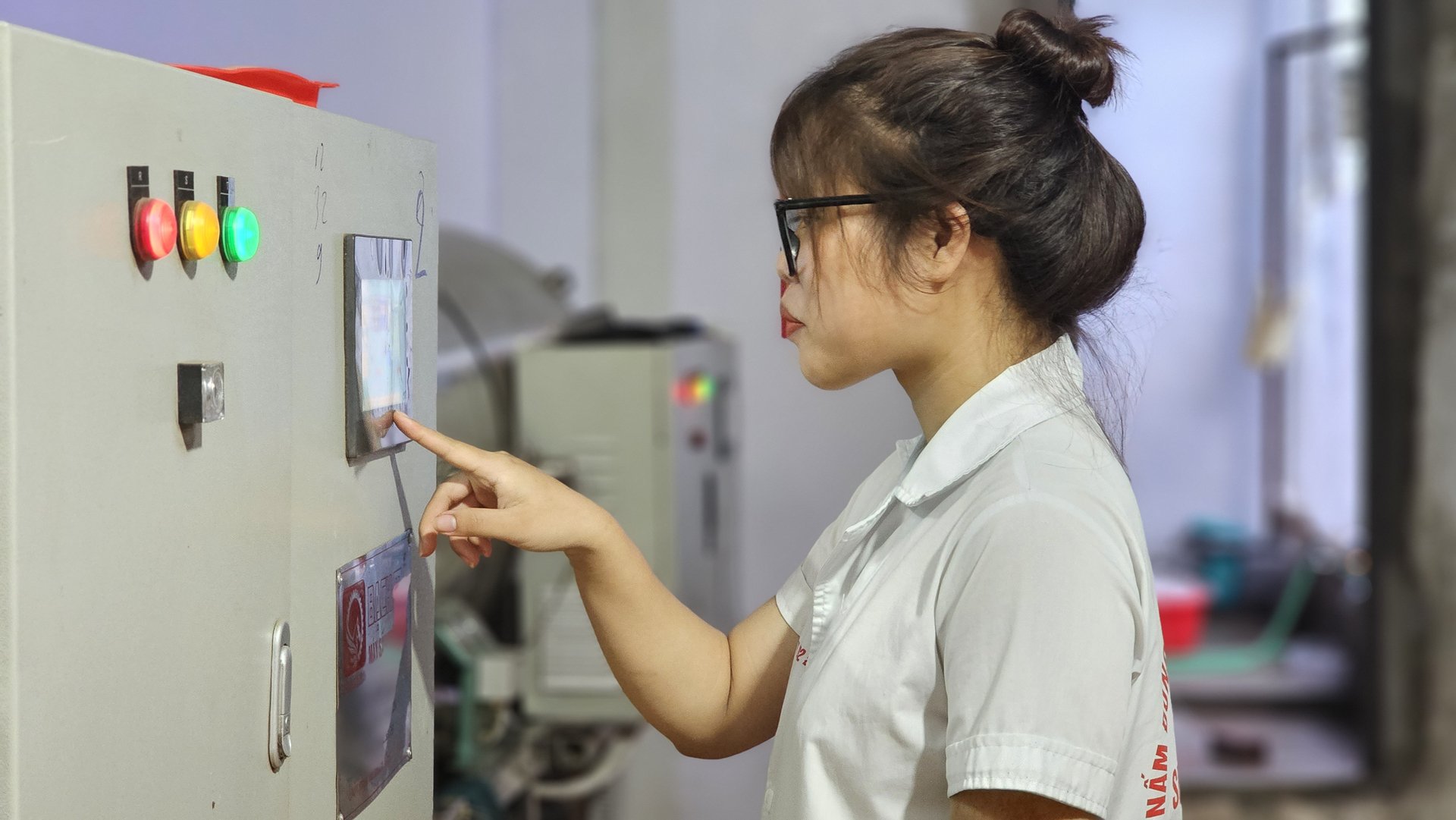
Dao Huy Cuong boldly invested in many modern machines, put all his efforts into producing cordyceps mushrooms, and succeeded. Photo: Hai Dang.
Dao Huy Cuong continues to find new varieties to cultivate cordyceps. In Da Lat, he found a new type of cordyceps with high levels of Cordycepin (prevention of fibroids, pre-cancer) and Adenosin (supports the heart). He also plans to return the cultured pupae to the wild for the fungus to grow.
"In some places with suitable altitudes and temperatures such as O Quy Ho (Sa Pa), Sin Ho…, the mushroom coccidiosis can culture in a semi-natural environment, that is, inoculating fungi for pupae and then bringing them back forest underwater canopy for development. Here, it can be combined as a model of ecotourism to improve health. Resort tourists can experience finding and digging these insects to prepare food that nourishes the body," said Dao Huy Cuong.
According to this model, cultivation requires significant investment capital and strict farming techniques, so the cost of commercial cordyceps and economic efficiency will be higher.
Dao Huy Cuong's production facility currently has 6 OCOP-certified cordyceps products, including fresh products, freeze-dried whole, whole-fiber sublimation, pupa host products, and whole dried pupa host form, soluble powder products.
Translated by Ha Phuc

(VAN) TTC AgriS and IFC signed a strategic partnership to develop a sustainable agricultural value chain, aiming to achieve the Net Zero target by 2035.
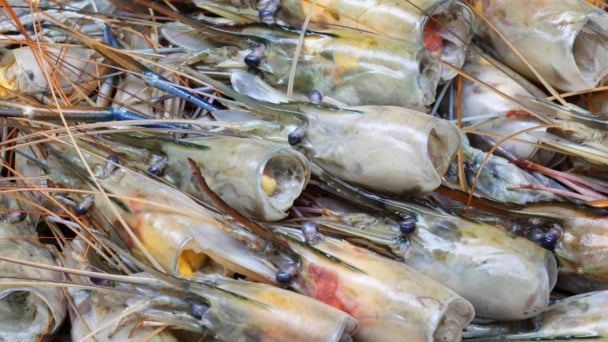
(VAN) Seafood by-products are opening a new path, combining green growth and technological innovation to enhance the industry's value.

(VAN) Mr. Nguyen Thanh Cong, Vice Chairman of the Son La Provincial People's Committee, reflects on Son La’s journey from barren hills to fruitful orchards after a decade of hard work.

(VAN) FAO’s Director-General addresses the 5th Baghdad International Water Conference.
/2025/05/26/1716-4-nongnghiep-191706.jpg)
(VAN) Chain linkages, technological innovation, and raw material zoning are three strategic pillars for the coconut industry to strongly develop and elevate its position on the global agricultural map.
![Advanced mariculture – an inevitable trend: [4] Accompanied by scientists](https://t.ex-cdn.com/nongnghiepmoitruong.vn/608w/files/sohk/2025/05/13/1941-pgsts-vo-van-nha-140958_717.jpg)
(VAN) According to Assoc. Prof. Dr. Vo Van Nha, Director of the RIA III, the development of advanced offshore mariculture is no longer an option but an essential path for Vietnam’s fisheries sector.
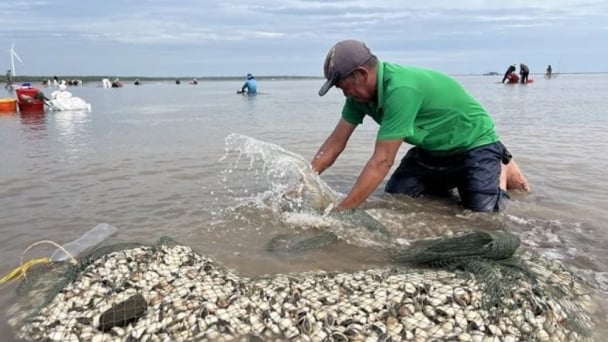
(VAN) Vietnam is intensifying the development of mollusk farming areas that meet international standards, aiming for sustainable growth and enhancing its export position in the global seafood market.